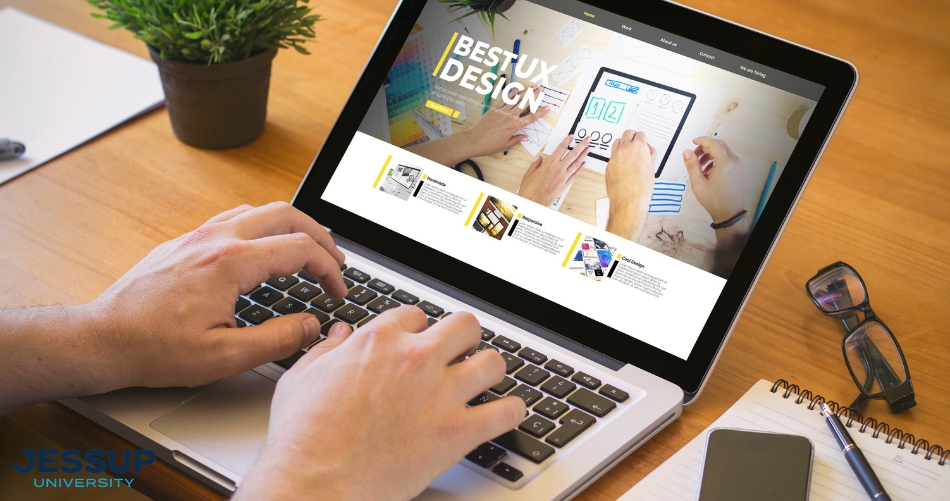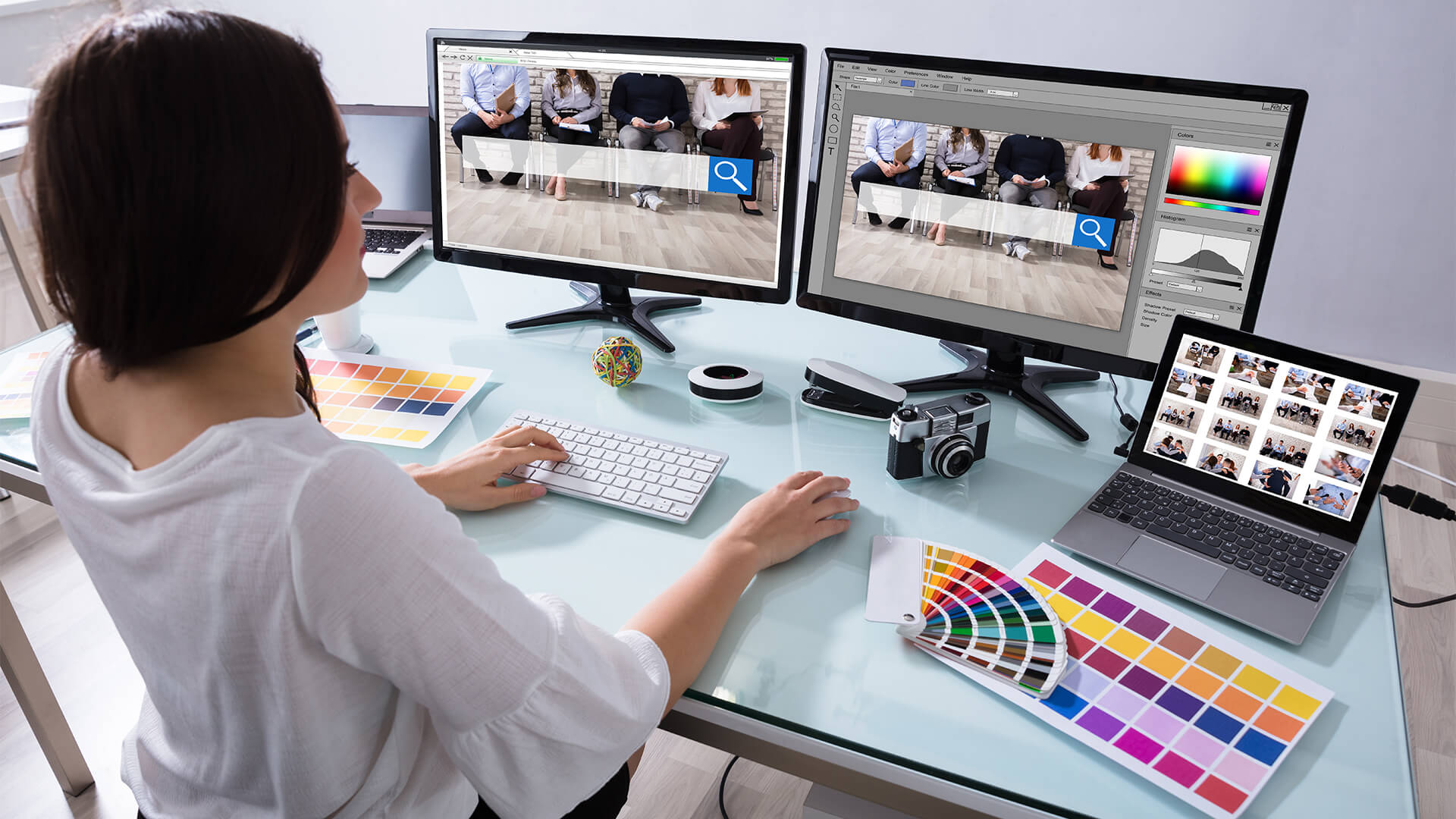Aligned Position Web Design: Creating Custom Websites That Drive Traffic and Increase Conversions
Aligned Position Web Design: Creating Custom Websites That Drive Traffic and Increase Conversions
Blog Article
The Very Best Sorts Of Website Design to Boost Individual Experience and Engagement
In the ever-evolving landscape of digital interaction, the effectiveness of website design significantly impacts customer experience and involvement. Various design techniques, such as minimal, responsive, and interactive layouts, each offer one-of-a-kind benefits that can deal with varied user requirements. Understanding which kinds of Web style best serve these objectives can be pivotal for services intending to boost consumer satisfaction and retention. Nonetheless, the question stays: which style components really resonate with individuals and foster purposeful interaction? The expedition of these principles reveals essential insights that might redefine your strategy to Web layout.
Minimal Website Design
As digital landscapes come to be significantly messy, minimal Web design has become a powerful technique to boosting individual experience. This design ideology prioritizes simpleness, concentrating on crucial elements while getting rid of unnecessary diversions. By utilizing sufficient white area, straightforward navigation, and a minimal shade combination, minimalist style fosters clearness and directs individual interest to vital web content.
The core concept of minimalist Web layout is to produce a seamless communication for users. By minimizing cognitive lots, customers can quickly understand information without really feeling overwhelmed. This straight technique not only boosts functionality but additionally motivates engagement, as site visitors are most likely to check out a site that is easy and visually attractive to navigate.
Furthermore, minimal design often emphasizes typography and imagery, using these aspects tactically to convey messages successfully. This concentrate on essential components can enhance brand name identity and create an unforgettable individual experience. Fundamentally, minimalist Web design is not simply a fad; it is a thoughtful approach that recognizes the significance of user-centered style. By stripping away nonessential components, designers can produce an extra engaging, efficient, and satisfying Web experience for all users.
Responsive Web Style
In today's diverse digital atmosphere, receptive website design has actually become vital for developing a seamless customer experience throughout a wide range of tools. As customers accessibility web sites on smartphones, laptop computers, tablet computers, and desktops, the capacity of a web site to adapt its format and content to various display dimensions and resolutions is vital.
Receptive website design employs versatile grids, photos, and CSS media questions to guarantee that Web content exists optimally, no matter the tool made use of. This technique not only boosts the visual appeal of a website yet additionally substantially enhances usability. Users are more probable to engage with a website that offers a regular experience, as it gets rid of the aggravation of having to zoom in or scroll exceedingly.
By embracing receptive design, organizations can enhance their visibility and get to a broader audience. In summary, responsive Web layout is an essential practice that improves individual experience, interaction, and overall complete satisfaction.
Interactive Website Design
Responsive website design lays the foundation for improving user experience, yet interactive Web design takes this an action better by involving customers in a more dynamic method - Aligned Position Web Design. By including components such as animations, clickable models, and real-time feedback, interactive website design astounds individuals, attracting them right into a richer browsing experience
This technique not just cultivates engagement however likewise urges customers to discover content actively as opposed to passively consuming it. Methods such as gamification, where individuals gain rewards for completing tasks, can considerably boost the time invested on a site and enhance general satisfaction. Interactive features can streamline intricate details, making it extra satisfying and absorbable.

Including interactive design aspects can additionally cause higher conversion prices, as customers are extra likely to involve with a site that proactively includes them. Aligned Position Web Design. Inevitably, interactive Web style changes customer experiences into unforgettable trips, guaranteeing that site visitors return time after time
Flat Design
Defined by its minimalistic strategy, level layout emphasizes simpleness and capability, removing away unneeded components and focusing on important functions. This style approach focuses on functionality, making sure that customers can browse user interfaces effortlessly and performance. By using a tidy visual, level style gets rid of the clutter typically discovered in much more ornate styles, thereby improving user emphasis on web content and capability.
The characteristic of level style hinges on its use of bold shades, straightforward typography, and geometric forms. These components add to a visually attractive interface that is both next page modern-day and friendly. Furthermore, level style cultivates a feeling of clearness, allowing users to recognize necessary actions and information without distraction.
Additionally, level design is especially efficient in responsive Web layout, as its simplicity equates well throughout different devices and screen dimensions. By concentrating on important functions, level layout not just fulfills customer needs however additionally urges seamless communication, making it a crucial element of reliable Web design techniques.
Adaptive Website Design
Flexible website design customizes the individual experience by producing several taken care of layouts tailored to different display dimensions and gadgets. Unlike responsive layout, which fluidly readjusts a single layout, adaptive style utilizes unique designs for details breakpoints, making certain optimal presentation on various platforms. This approach allows developers to concentrate on the distinct qualities of each gadget, improving next functionality by supplying precisely what users need based upon their context.
Among the main advantages of adaptive Web style is its ability to optimize load times and efficiency. By offering customized material and images that fit the individual's gadget, sites can decrease information usage and improve loading rates. This is specifically useful for users with slower links or limited information strategies.

Furthermore, flexible style helps with a more regulated and regular branding experience. Because designers produce numerous designs, they can ensure that the aesthetic you could try this out aspects straighten with the brand's identification throughout various platforms - Aligned Position Web Design. This leads to a natural individual experience, boosting engagement and advertising user retention
Verdict
Minimalist layout cultivates clearness and focus, while receptive design makes certain flexibility throughout various devices, promoting access. Jointly, these style approaches add to the development of user-friendly environments that not only enhance fulfillment however also drive higher conversion prices, underscoring their important value in contemporary Web style techniques.

Minimalist layout cultivates clarity and emphasis, while receptive style ensures flexibility across various tools, advertising accessibility. Collectively, these design comes close to add to the production of user-friendly atmospheres that not just enhance satisfaction but also drive higher conversion rates, highlighting their essential importance in modern Web design techniques.
Report this page